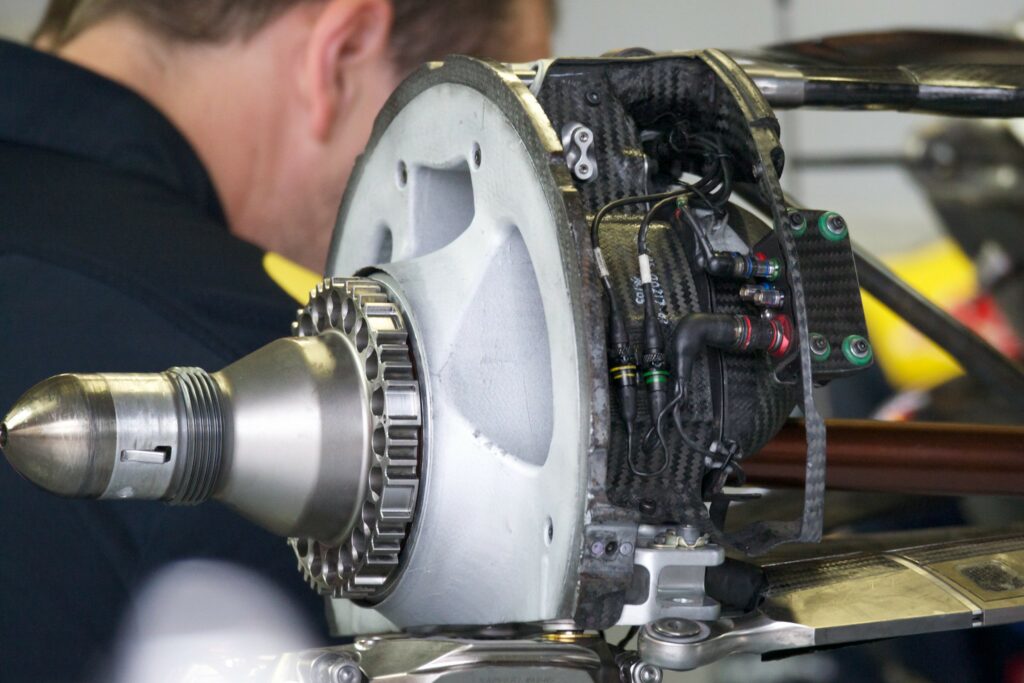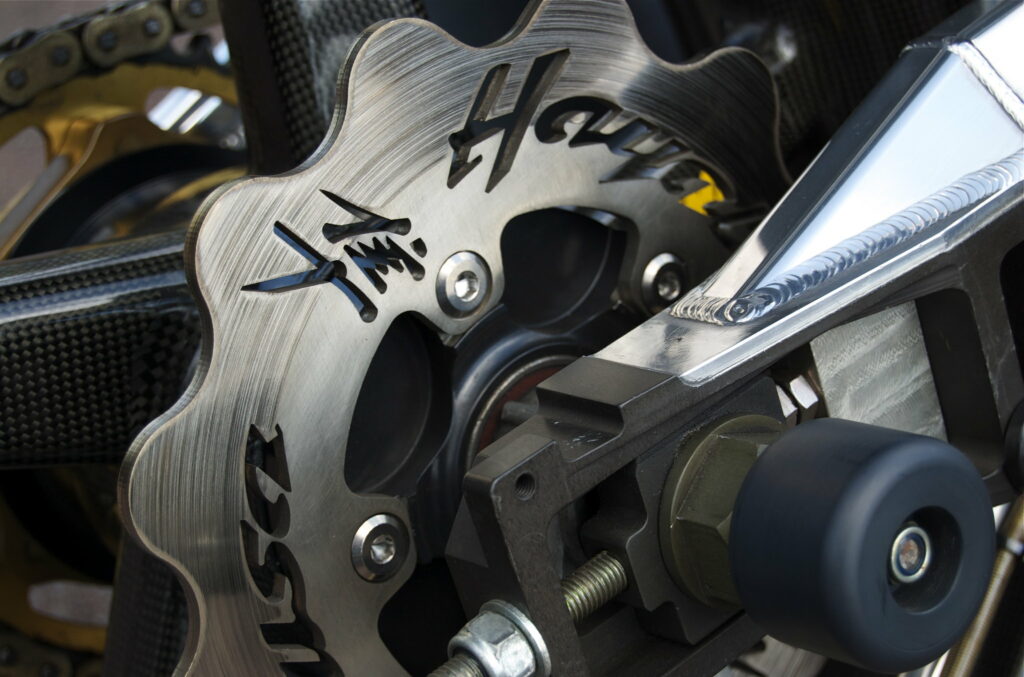
If you’re interested in buying a hybrid or electric car, the term “regenerative braking” may not be new to you. But what exactly is regenerative braking and what are its benefits?
Here’s everything you need to know about regenerative braking.
Regenerative braking systems are commonly seen on many modern cars, but they aren’t limited to them. They’re also present on skateboards, electric bicycles, electric scooters, and many more other moving vehicles.
Also read: Tesla Model Y: Everything you need to know
On normal cars, braking simply wastes energy. When you step on the brake pedal of a petrol or diesel car, friction is created when the hydraulic fluid pushes the brake pads against the brake discs. This slows the car down while also generating heat and wearing away at the brake discs and pads in the process.
Regenerative braking takes the energy resulting from the process of slowing down a vehicle and uses it to recharge the vehicle’s batteries.
Table of Contents
How does regenerative braking work?
The electric motor in a hybrid or electric vehicle runs in two directions — the first to drive the wheels and put the vehicle in motion, and the second to recharge the batteries. The motor swaps directions when you move your foot from the accelerator to the brake pedal and begins to put energy back into the battery.

All electric and hybrid cars still have regular brakes, so the conventional hydraulic brake system kicks in to stop the car quickly if you push on the pedal hard enough. The amount of force needed to apply on the pedal for the brakes to kick in differs from one model to another.
What are the benefits of regenerative braking?
Even though regenerative braking is dependent on numerous uncontrollable variables and still limited, it has multiple benefits. When implemented properly, regenerative braking systems improve braking efficiency, extend the driving range, improve energy conservation and reduce brake wear.
Regenerative braking is not as efficient in smaller vehicles as it is in cars, but one of its main benefits is that it adds braking force for smaller electrical vehicles such as scooters, for example. It’s also an excellent safety feature for electric skateboards, which can easily reach speeds of over 20 mph.
Is regenerative braking as good as friction braking?
Regenerative braking takes some getting used to because it has a detrimental effect on the brake pedal feel. This is the main drawback for many drivers because they find the system lacks feel. However, manufacturers are becoming better at hiding the bouncy or spongy brake feel.
Other than that, there are no downsides of regenerative braking and the system is just as efficient and safe as hydraulic braking. It also comes with the added benefit of topping up the battery, so you get more miles from a tank of fuel in a hybrid or your electric vehicle’s battery lasts longer.

It can take some time to get used to
The first time they drive a vehicle with regenerative braking, some drivers will require some adjustment time. Depending on the vehicle and the chosen settings, regenerative braking can kick in as soon as the driver stops accelerating. This behavior is called “one-pedal driving” and can be quite jarring initially.
If you’ve driven manual transmission cars, you may find it easier to adjust. Regenerative braking resembles downshifting (engine brake) i.e. shifting in a lower gear, which causes the car to slow down without the driver engaging the brakes.
Also read: 10 of the most expensive electric cars in the world – June 2021
Can you adjust regenerative braking?
Many hybrids, EVs, and other battery-powered vehicles allow drivers to adjust regenerative braking levels. If you want to maximize range and reduce wear and tear on your brake pads, you’ll want to opt for the highest setting for regenerative braking. If you prefer a more conventional driving feel, turn regenerative braking off completely. Finally, on some cars you can switch between different levels at which regenerative braking kicks in – i.e. how much you need to step on the brake pedal before the friction braking system engages.
Check your EVs manual to see if your particular model supports regenerative braking adjustment. From there, some vehicles require you to dive into the settings, while others make the feature more accessible via physical controls on the steering wheel.
Featured image credit: Ted Rabbitts